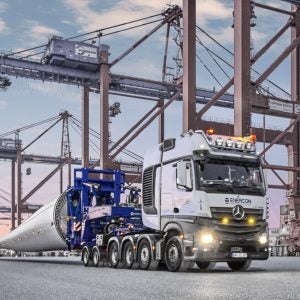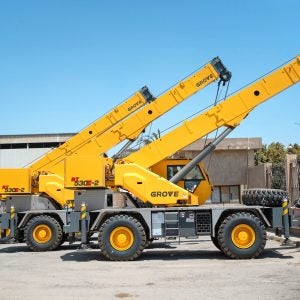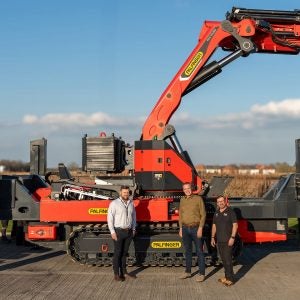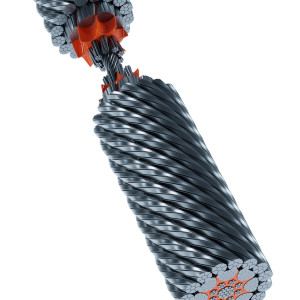Ron Schad, president and CEO of Essex, said the company has sold nine used cranes in the previous six months, and used these funds and existing cash flow to purchase nine new larger lifting capacity cranes. The used cranes were sold for in excess of 110% of orderly liquidation value.
“This in turn has improved the fleet’s mix and market position, further enhancing the future earnings power of the business,” Schad said. “As a result of our direct purchase relationships with key equipment suppliers, we have secured this new equipment on terms that we believe will generate an attractive return on capital.”
Essex has announced second quarter results as per the rest of the crane market, showing downturns which it has attributed to a fall in project starts due to a lack of access to credit markets, general market uncertainty and diminished demand for large construction. The results compare Essex Rental Corp, and its Essex Crane operating subsidiary, to predecessor company Essex Holdings.
Total rental-related revenue for the second quarter 2009 was USD11.9m, down from USD20.2m in the same period of 2008. This decline, Essex said, was driven by lower crane utilisation rates, where equipment rental revenues fell from USD15.8m to USD8.9m and actual crane rental days (on a days method) fell from 72.4% to 43.9%.
However, crane rental rate per month increased slightly from USD21,303 to USD21,633 as the change in the fleet to larger, higher rental rate cranes took effect.
Revenue from used rental equipment sales was also up from USD1.9m to USD2.7m.
“Based on our analysis of a number of business metrics and current visibility, we believe that while our operating environment will remain challenging through the end of the fiscal year, the business has stabilised, as evidenced by the relative equalisation of rental starts and ends,” said Schad. “We anticipate that these factors, in addition to increased federal stimulus spending subsequent to the end of the second quarter, specifically related to heavy highway work and other projects that target many of our end markets, will result in an increase of orders placed for the rental of crawler cranes in the next six to nine months.
“Our confidence in our strategy to grow our business by the migration of our fleet towards higher lift capacity crawler cranes has influenced us to take advantage of outstanding opportunities to continue investing in new cranes.
“As we continue to use this market contraction as an opportunity to implement prudent cost control and asset management initiatives, we believe that we are increasingly well positioned to weather the current economic storm and emerge even stronger when the market turns,” he said.






